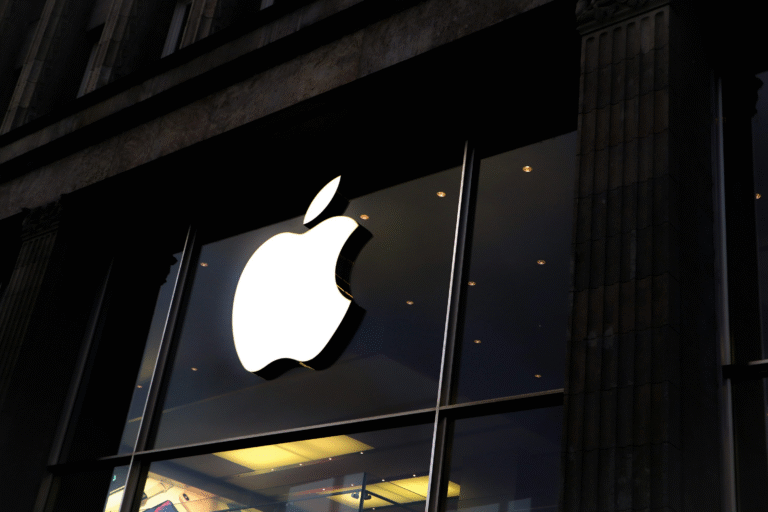
In the digital age, tech giants have become masters of manipulation, using subtle yet highly effective techniques to encourage people to spend more time and money on their platforms. These companies, often referred to as “Big Tech,” have harnessed the power of psychology, data analysis, and user experience design to keep users engaged and coming back for more. In this article, we’ll delve into some of the ways these tech giants employ strategies to keep users hooked and spending.
One of the most prevalent tactics used by tech giants is the concept of the “infinite scroll.” Whether it’s on social media platforms like Facebook or Twitter or e-commerce sites like Amazon, the infinite scroll keeps users endlessly scrolling through content or products. The idea is simple: the more you scroll, the more you see, and the more likely you are to find something that grabs your attention. This seemingly never-ending stream of content or products can keep users engaged for hours on end, leading to increased screen time and, in the case of e-commerce sites, more purchases.
Notifications are another powerful tool in the tech giant’s arsenal. Whether it’s a new message on a messaging app or a breaking news alert, notifications are designed to grab your attention and pull you back into the app. The “ping” of a notification can trigger a release of dopamine, the brain’s feel-good chemical, creating a sense of anticipation and reward. This psychological response keeps users checking their devices frequently, making it more likely that they’ll spend more time on the platform.
Personalization is a key strategy for tech giants. These companies collect vast amounts of data on user behavior, interests, and preferences. They then use this data to tailor content, recommendations, and advertisements specifically for each user. This personalization creates a sense of relevance and keeps users engaged. When you see content that aligns with your interests or products that match your previous purchases, you’re more likely to stay on the platform and spend.
Tech giants also employ a technique known as “gamification.” This involves turning everyday activities into game-like experiences. For example, social media platforms often use features like likes, comments, and shares as a form of social validation. Users are encouraged to compete for these digital rewards, which can lead to addictive behavior as people seek more likes or comments on their posts. Similarly, e-commerce sites may offer rewards points or badges for frequent purchases, turning shopping into a game where users aim to achieve certain milestones.

Fear of missing out (FOMO) is another psychological trigger tech giants exploit. Social media platforms, in particular, capitalize on FOMO by showing users what their friends are doing, where they’re traveling, or what events they’re attending. Seeing others enjoying experiences can create anxiety about missing out, driving users to stay connected and engaged with the platform.
Tech giants also employ persuasive design techniques to make their platforms as user-friendly and addictive as possible. This includes features like auto-play videos, autoplaying next episodes on streaming platforms, and one-click purchasing on e-commerce sites. These design choices reduce friction and make it effortless for users to keep consuming content or making purchases.
In summary, tech giants have mastered the art of user engagement and monetization through a combination of psychological triggers, data-driven personalization, gamification, and persuasive design. While these tactics have undoubtedly made their platforms more addictive and profitable, they have also raised important ethical questions about user privacy, mental health, and the societal impact of technology. As users, it’s essential to be aware of these strategies and take steps to use technology mindfully and responsibly.








